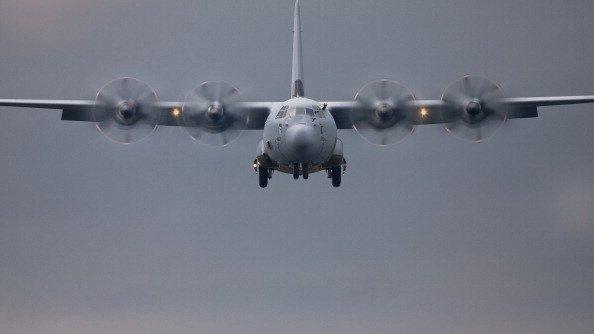Bethesda bomber crash remembered 70 years on
- Published
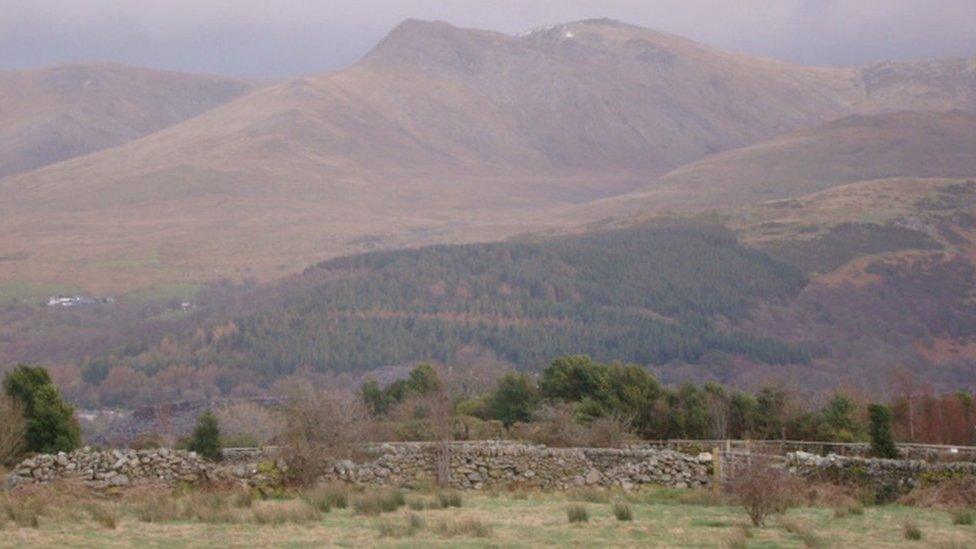
The site of the crash at Llafar Valley, between Carnedd Llywelyn and Carnedd Dafydd
It was known as "the graveyard of aircraft" during World War Two due to its treacherous mountains and changeable weather.
But when an RAF bomber crashed between Carnedd Llywelyn and Carnedd Dafydd in Bethesda's Llafar Valley, Gwynedd, almost five years after the end of the war, the loss was hard for the locals to bear.
In the early hours of 15 March 1950, an Avro Lincoln bomber from RAF Scampton, Lincolnshire, encountered poor weather conditions during a routine training flight.
The plane was redirected to RAF Valley on Anglesey - but never made it.
All six of the crew, aged between 22 and 32, died in what eyewitnesses described as "a ball of fire in the valley".
On the 70th anniversary of the plane crash, Hazel Pierce of Bangor University has revealed the stories of the men who died and the bravery of those who tried to save them.
Slogging their way across four miles of moorland in a brave but futile rescue attempt, the people of Bethesda had hoped they had seen the last of those nights when the war ended.
"There was no civilian mountain rescue team of volunteers as there are now, so when many aircraft crashed in what was a notoriously dangerous part of north Wales, the responsibility fell on local farmers and shepherds," said Dr Pierce.
She said one early climbing book suggested that people living in the area suggested local residents might not be able to help travellers getting lost because they could not speak English.
Another author, FS Smythe said in 1941 that although he knew the Welsh hill people to be generous, courteous and kind, he had been "brought up to believe that the Welsh are narrow, grasping, deceitful hypocrites."
But Dr Pierce says "the men he was brought up to believe were 'grasping' often gave up their wages by taking unpaid leave in order to help with searches in the mountains when walkers and climbers went missing..."
"In wartime I think they were able to desensitise themselves to the carnage to a certain extent, but five years later, after they thought they'd rescued their last plane crew, the loss was hard to bear."
'A sheet of fire leapt into the night sky'
When heavy cloud closed in that night, the Avro Lincoln's routine night navigation training exercise was thrown into crisis.
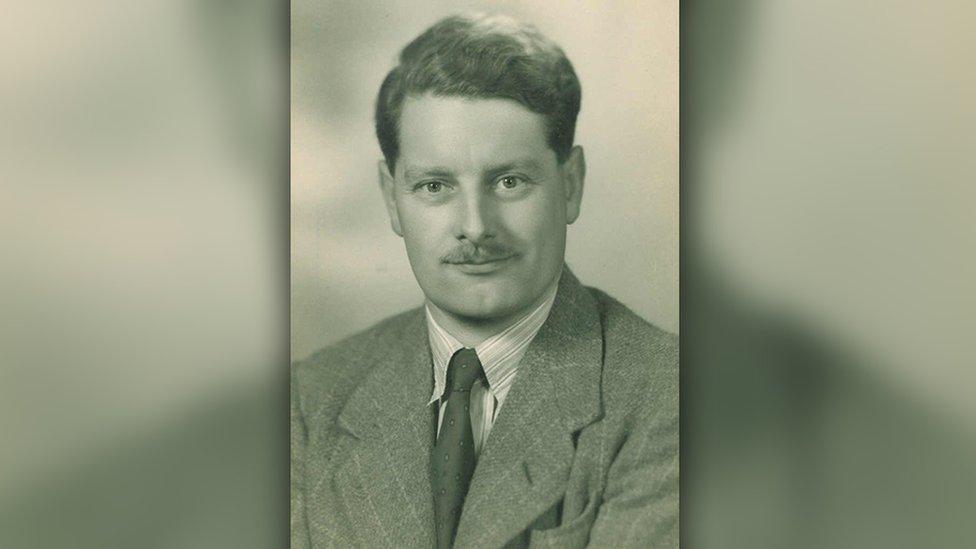
Sqn Ldr John Talbot Lovell Shore had tunnelled out of a German prisoner-of-war camp using a pocket knife
A defective wireless system meant the crew was unable to navigate their way back to Lincolnshire.
They made contact with RAF Valley via a short-range radio-telephone, who attempted to talk the plane in for landing.
It was seen and heard overhead at Valley. But 10 minutes later Owen Brown-Williams - 25 miles away at Bangor corporation reservoir - woke to the roar of the plane's engines.
Looking out the window, he saw the navigation lights of a large plane on a steady course, showing no sign of being in difficulty.
But, according to Mr Brown-Williams, "it looked to be too low in such a mountainous area".
Sadly, his judgement was correct.
"We heard an explosion within a very short time, and a sheet of fire leapt into the night sky at the far end of the Llafar Valley," he later told the inquest.
The fire brigade arrived at the waterworks and split into two groups - one guided by Mr Brown-Williams and the other by local farmer John Ogwen Thomas.
"The two groups set out in torrential weather conditions, but were driven on because they could see flares rising from the crash site, which naturally gave hope that there were still survivors," said Dr Pierce.
"However, it seems as though these must have been set off by the plane exploding, as when they reached the area in under two hours it was clear that no-one could have lived through such a fireball.
"The sadness was that most of the six crew had already made it through the war, only to rejoin the RAF and lose their lives in what should have been a routine flight."
Heroes, husbands, fathers, sons: the lost crew
Four of the six crew were found close to the burning wreckage, the other two were discovered some distance away the following morning.
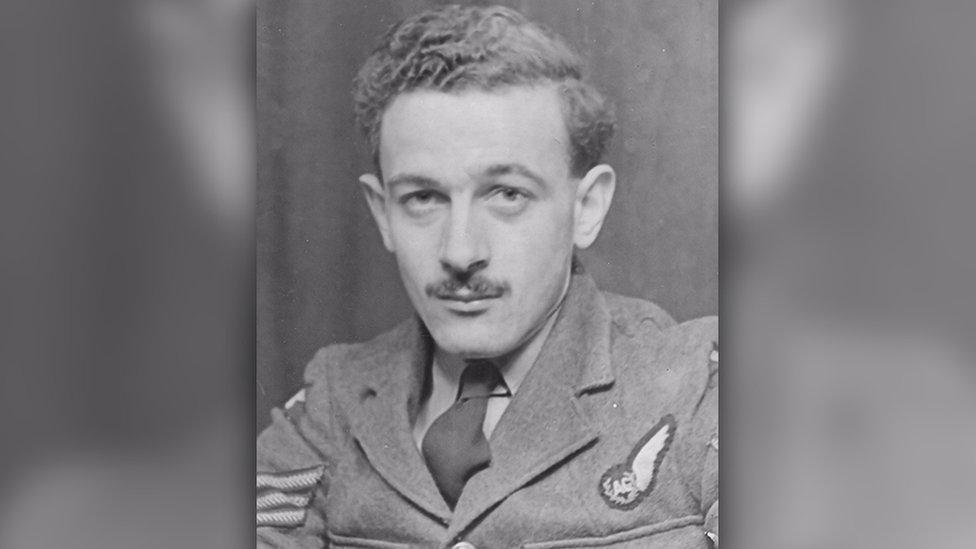
Gunner Godfrey Leo Cundy had re-enlisted only five months before the crash
The lost crew included Sqn Ldr John Talbot Lovell Shore, 32, with more than a decade's flying experience.
In 1941 his Wellington bomber was shot down. Imprisoned in a German prisoner-of-war camp, Stalag Luft 1, he and another prisoner used pocket knives to dig a 25ft (7.6m) tunnel in just four days and escaped.
Flt Lt Cyril Alfred Lindsay, 26, had married less than a year previously. When he died in the crash, his wife was heavily pregnant with their son.
Engineer Ronald Albert Forsdyke, 29, had received the Distinguished Flying Cross after a tour of duty with Bomber Command No 61 Squadron during the war.
After demobilisation in 1946, gunner Robert Henry Wood, 27, worked as a bus driver in Sunderland.
Married with a seven-month-old daughter, he had re-enlisted in the RAF only three months earlier.
The second gunner of the crew, Godfrey L Cundy, 27, was from a strong RAF family.
He originally enlisted and served as a rear gunner in a Lancaster squadron during the war.
After demobilisation he was employed as a production manager, but "the call of flying was too strong" and he had re-enlisted five months before the crash.
Signaller Harold H Charman, 22, from Surrey, was the youngest crew member and the only one of the six not to have seen wartime action.
Along with Ronald Forsdyke, he was buried in Maeshyfryd Cemetery, Holyhead, with full military honours.
- Published3 March 2020
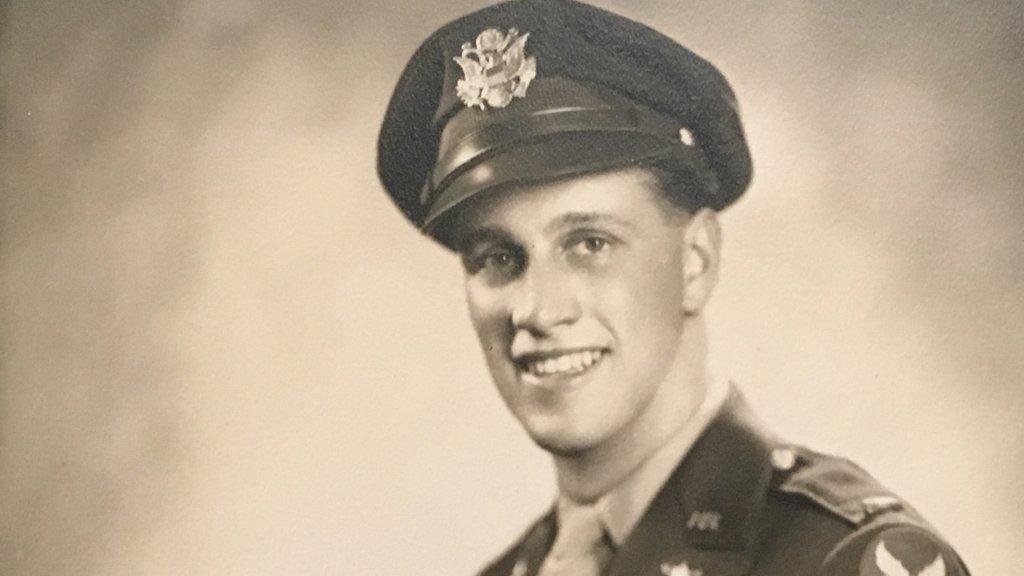
- Published4 May 2019
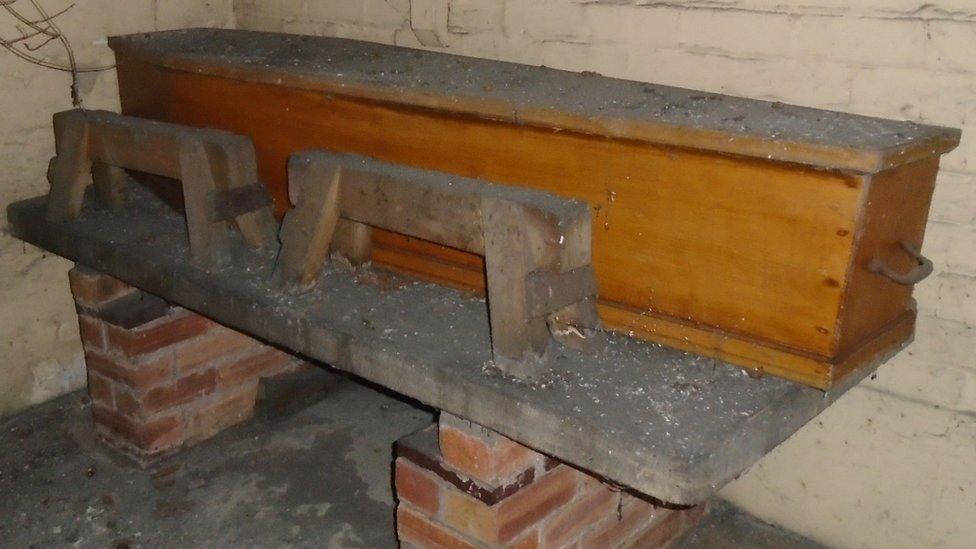
- Published23 August 2018
